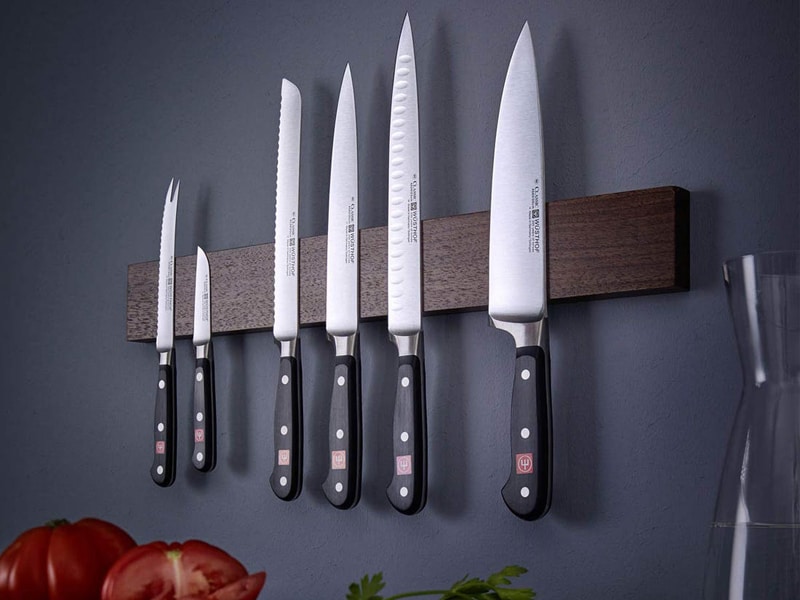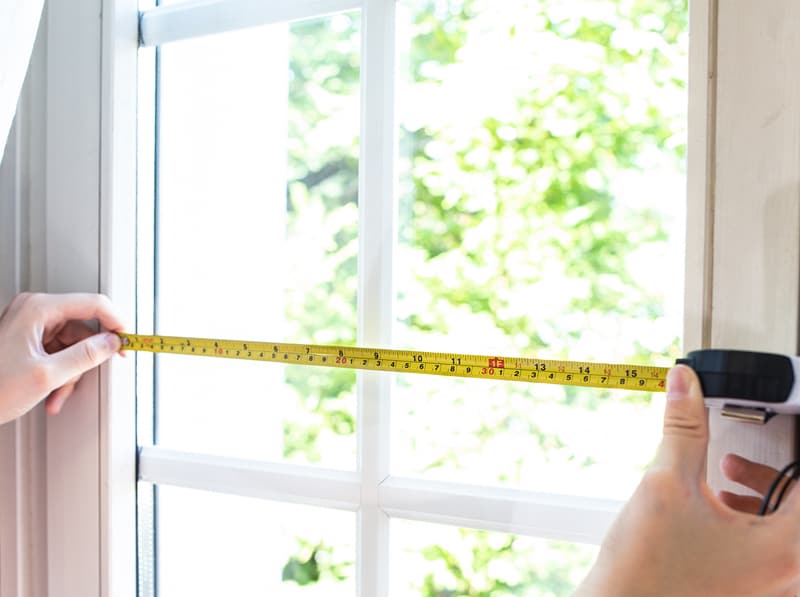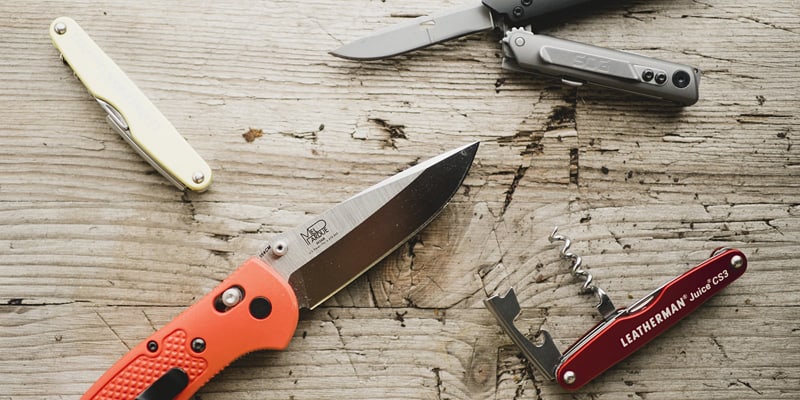Utility knives are a must-have for every toolbox. Their dynamic and versatile nature makes them perfect for a wide variety of uses around the home and on the job. Additionally, there are multiple types of utility knife blades that each serve a unique purpose. Rounded tips are wonderful for most common cutting tasks, such as cutting foam or cardboard. Pointed tips are handy for slicing flexible materials like flexible plastics and fabrics, since pointed tips are better at initiating a cut in these situations.
Serrated edges are terrific for cutting through rope, belts, and various textured materials. Whether you’re a do-it-yourself home renovator or you work in the industrial space, having a utility knife on hand will make your life so much easier. Let’s dive into five different that you need to know.

Trimming wood shims
Shims are a necessity if you’re attempting to level out an installed door or window. Chances are it won’t be perfectly square, but wood shims are great for making minor adjustments. You may find your shims protruding from both sides of the door frame once they’re in place. That’s where your utility knife comes into play.
You can use the utility knife to remove the excess shims so they properly fit the frame. Score the shim with your blade where it meets the frame. Then, bend it at the line so the extra section snaps off. Just make sure to have a knife with a good grip to prevent hand slippage.

Fixing a window screen
Nylon window screens can easily become worn and ragged over time. Thankfully, they are just as easy to replace. Of course, after you’ve stretched the nylon and fitted it into the metal frame, you may be left with an excess of mesh. You’ll need to position a straightedge over the spline so only the extra mesh is visible.
Then, take your utility knife and cut the mesh using the straightedge as your guide. You want to remove just enough so that the mesh fits perfectly within the frame. A pointed-tip blade will be useful in this scenario.

Slicing veneer prior to cutting
Cutting a sheet of hardwood veneer plywood can be difficult. You may find that using a circular saw leaves splintered edges on the plywood in its wake. Thankfully, there’s a way to create cleaner lines by utilizing your utility knife as a guide.
Firstly, take your knife and lightly score a line along the cut line’s outer edge. You only need to apply a slight amount of pressure – just enough to cut through the top layer of the veneer. This ensures that when you cut through the veneer with a circular saw, you’ll get a clean break at the scored line. No splinters!
Be sure to consider a blade that’s primarily geared toward safety, especially if you’re doing a task that could result in potential hand injuries. In this particular case, the safer the blade, the better.

Replacing a section of a roof shingle
The roofing process is a costly one. So, if a portion is cracked or a shingle is missing, you don’t want to replace it all. You only need to replace the damaged section. Firstly, pry up the overlapping shingle so you can see the nails underneath. Use the claw end of the pry bar to remove the nails. Now, here’s where your utility knife takes center stage.
You can use said utility knife to cut through the asphalt; that way, you can swap out the damaged portion.
Then, cut a section from a matching shingle and secure it with nails and roofing tar. Most knives won’t cut all the way through an asphalt shingle, but it’s enough to score the shingle and bend it until it breaks along the line you’ve chosen.
Consider investing in a utility knife wherein the blade retracts on its own. This is a wonderful safety feature that can help prevent lacerations or hand injuries. Additionally, this will be helpful when attempting to cut thicker materials like roof shingles.

Utility knives are perfect for slicing through fiberglass insulation. Their blades are sharp enough to get the job done. However, cutting through batt insulation may prove to be difficult with a shorter blade.
Lay a straight board across the insulation and kneel on it to compress the insulation. You should be able to cut through it. Just be sure to guide your utility knife blade along the board’s edge.
While the above five utility knife uses are some of the most common, in reality the utility knife can be utilized for so much more. The possibilities are endless. You’re saving money, time, and resources by investing in a utility knife. You’ll never find a more adaptable tool on the market.
The post appeared first on .





























